
Klaeng: Rayong's Coastal Gem
Discover Klaeng in Rayong, Thailand: A Coastal Town of Pristine Beaches, Rich History, and Vibrant Culture Awaiting Your Exploration.
Nestled on the eastern seaboard of Thailand, Klaeng in Rayong is an enchanting destination awaiting discovery. This coastal town offers a blend of natural beauty, cultural heritage, and modern conveniences, making it a perfect getaway for tourists seeking a serene yet vibrant experience. Klaeng is renowned for its pristine beaches, where the sands are soft, and the waters are crystal clear. Laem Mae Phim Beach and Suan Son Beach offer tranquil spots for sunbathing, swimming, and enjoying fresh seafood from local vendors. For those who love nature, the nearby Khao Chamao-Khao Wong National Park provides an opportunity to explore lush forests, waterfalls, and diverse wildlife. History and culture enthusiasts will find Klaeng equally captivating. The town is home to Wat Saranat Thammaram, a beautiful temple that showcases traditional Thai architecture. The local markets and festivals, such as the annual Rayong Fruit Festival, offer a glimpse into the region’s rich cultural tapestry. Whether you're indulging in delicious Thai cuisine at a seaside restaurant, exploring the natural wonders, or immersing yourself in local traditions, Klaeng promises a memorable experience for every traveler.
Local tips in Klaeng
- Visit during the Rayong Fruit Festival to enjoy a variety of exotic fruits and local festivities.
- Rent a bicycle to explore Klaeng’s scenic coastal routes and local attractions at your own pace.
- Early morning visits to Laem Mae Phim Beach are ideal for serene sunrise views and peaceful walks.
- Try the local seafood dishes at Suan Son Beach for an authentic taste of Klaeng.
- Bring comfortable walking shoes for exploring Khao Chamao-Khao Wong National Park.
Klaeng: Rayong's Coastal Gem
Nestled on the eastern seaboard of Thailand, Klaeng in Rayong is an enchanting destination awaiting discovery. This coastal town offers a blend of natural beauty, cultural heritage, and modern conveniences, making it a perfect getaway for tourists seeking a serene yet vibrant experience. Klaeng is renowned for its pristine beaches, where the sands are soft, and the waters are crystal clear. Laem Mae Phim Beach and Suan Son Beach offer tranquil spots for sunbathing, swimming, and enjoying fresh seafood from local vendors. For those who love nature, the nearby Khao Chamao-Khao Wong National Park provides an opportunity to explore lush forests, waterfalls, and diverse wildlife. History and culture enthusiasts will find Klaeng equally captivating. The town is home to Wat Saranat Thammaram, a beautiful temple that showcases traditional Thai architecture. The local markets and festivals, such as the annual Rayong Fruit Festival, offer a glimpse into the region’s rich cultural tapestry. Whether you're indulging in delicious Thai cuisine at a seaside restaurant, exploring the natural wonders, or immersing yourself in local traditions, Klaeng promises a memorable experience for every traveler.
Iconic landmarks you can’t miss
Thung Prong Thong (Golden Meadow)
Experience the natural beauty of Thung Prong Thong, a stunning coastal destination in Rayong, Thailand, filled with mangroves and breathtaking views.

Sunthon Phu Monument
Explore the Sunthon Phu Monument in Rayong, a stunning tribute to Thailand's literary heritage amidst beautiful gardens and rich cultural history.
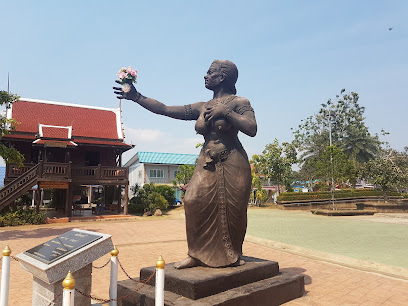
Rayong Botanic Garden
Explore the enchanting Rayong Botanic Garden, a lush paradise of diverse flora in Klaeng District, Rayong, perfect for nature lovers and families.
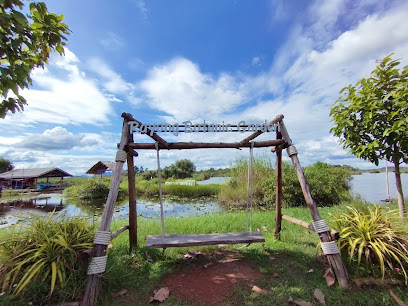
Ruksame Bridge
Discover the breathtaking beauty of Ruksame Bridge in Klaeng District, a perfect blend of nature and architecture in Rayong, Thailand.
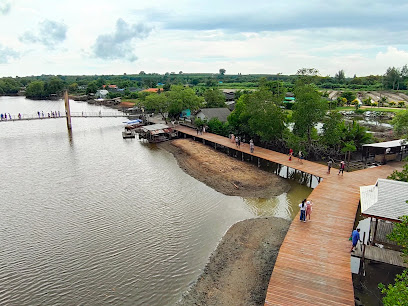
Laem Son Viewpoint
Discover the breathtaking views and serene beauty of Laem Son Viewpoint in Rayong, Thailand, a must-visit spot for nature lovers and photographers.
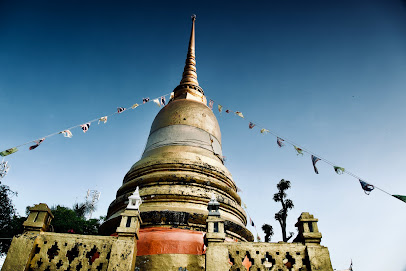
Suan Wang Kaew
Discover the serene beauty of Suan Wang Kaew, a resort hotel in Rayong, Thailand, blending relaxation, culinary delights, and nature's splendor.
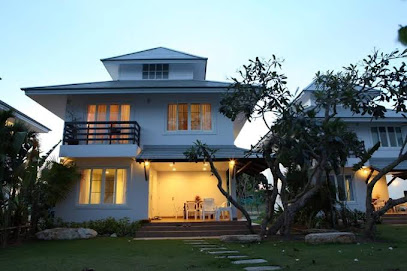
Kru Kang House Museum
Explore the captivating history and culture of Rayong at the Kru Kang House Museum, a hidden gem showcasing traditional Thai heritage and artifacts.
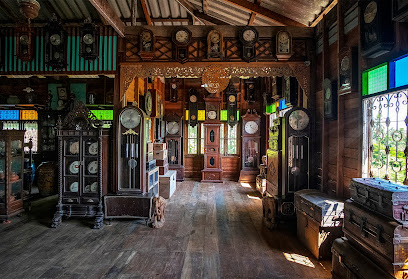
Rayong Botanical Garden (Aquatic Plants and Living Collection)
Explore the lush landscapes and vibrant aquatic plants at Rayong Botanical Garden, a tranquil refuge in Rayong, Thailand, perfect for nature lovers.
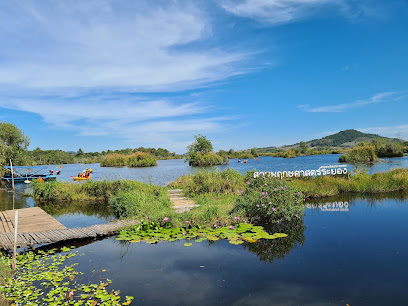
HTMS Prasae Memorial
Discover the serene HTMS Prasae Memorial in Rayong, a tribute to Thailand's naval history amidst beautiful landscapes.
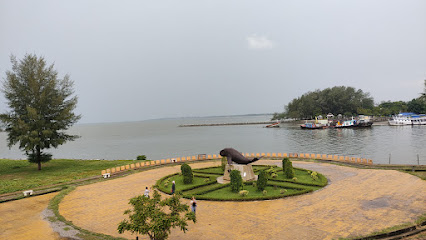
Wat Saranat Thammaram
Experience the beauty and tranquility of Wat Saranat Thammaram, a serene Buddhist temple in Rayong, Thailand, rich in culture and spirituality.
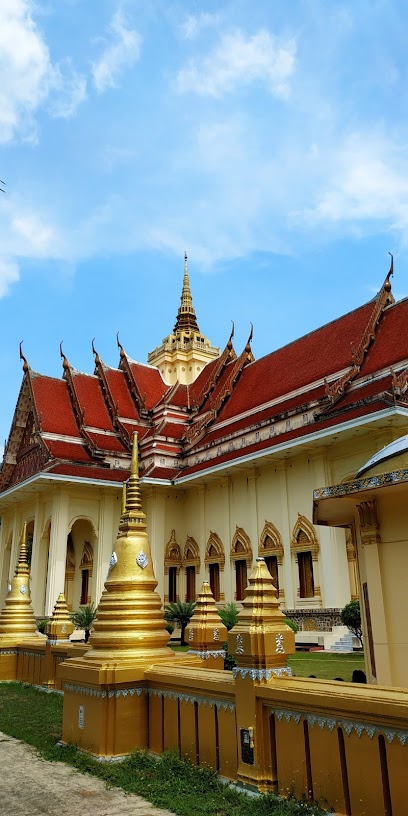
หอประวัติเมืองแกลง
Explore the Mueang Klang Historical Museum, a vibrant cultural hub showcasing Rayong's rich heritage and history through engaging exhibits.

หาด ลา วน
Experience the serenity of Kram Beach in Rayong, Thailand, where golden sands meet azure waters in a tropical paradise.

Unmissable attractions to see
Thung Prong Thong (Golden Meadow)
Explore Thung Prong Thong, a serene coastal attraction in Rayong, Thailand, showcasing stunning mangroves and scenic walkways for nature lovers.

Sunthon Phu Monument
Discover the literary legacy of Thailand at the Sunthon Phu Monument in Rayong, a serene tribute to the nation's beloved poet.
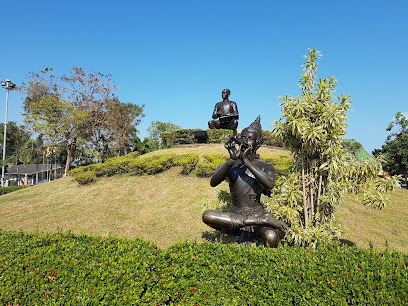
Kru Kang House Museum
Discover the cultural heritage of Thailand at the charming Kru Kang House Museum in Klaeng District, Rayong—a must-visit for history and art lovers.
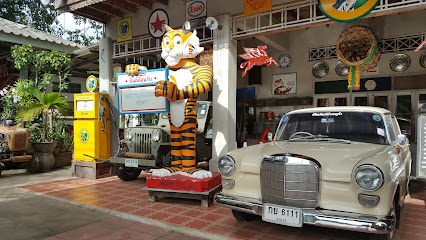
บ้านทะเลน้อย
Unveil the beauty of Thang Kwian in Rayong, Thailand, where nature meets culture in a serene and vibrant atmosphere, perfect for exploration and relaxation.
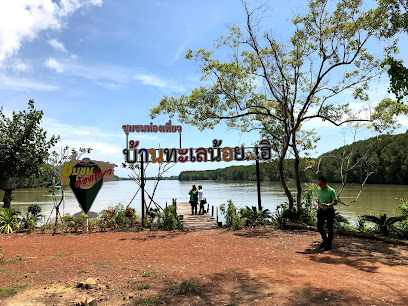
หอประวัติเมืองแกลง
Explore the captivating history of Rayong at the Mueang Klang Historical Museum, where the past comes alive through engaging exhibits and artifacts.
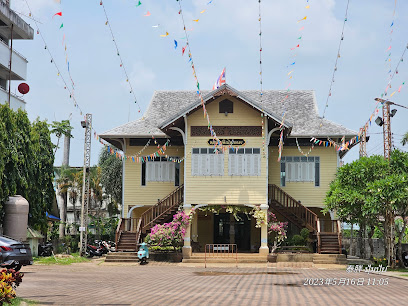
หาดน้ำแดง ระยอง
Discover the beauty of Klaeng District in Rayong, Thailand: pristine beaches, rich culture, and unforgettable experiences await.
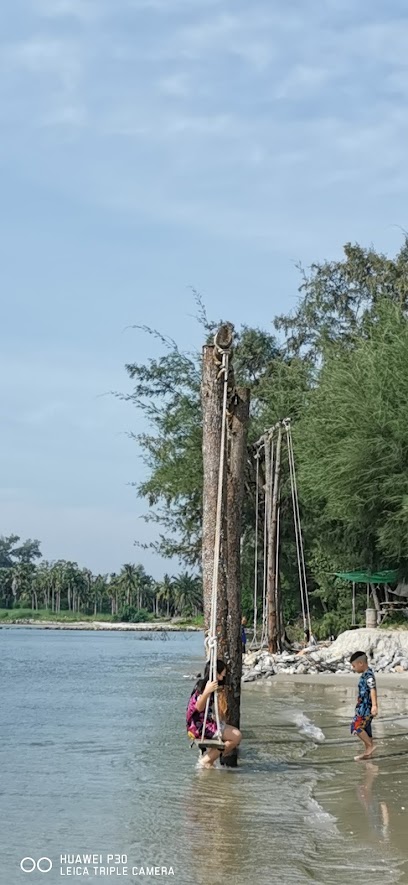
Hat Sai Kaeo
Explore the stunning beauty and tranquil atmosphere of Hat Sai Kaeo, an idyllic beach destination in Rayong, Thailand, perfect for relaxation and adventure.
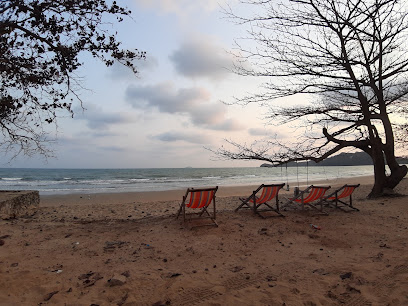
หัวแหลมปากคลองแกลง
Explore the lush landscapes and vibrant culture of Klaeng, Rayong's hidden gem offering a perfect blend of relaxation and adventure.
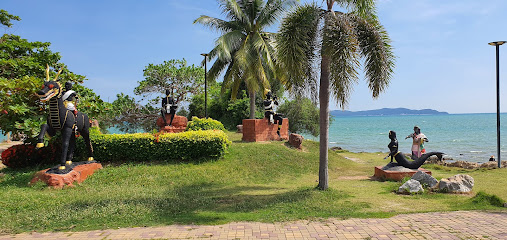
หาดแหลมแม่พิมพ์
Explore the enchanting beauty and rich culture of Klaeng District, a must-visit tourist attraction in Rayong, Thailand.
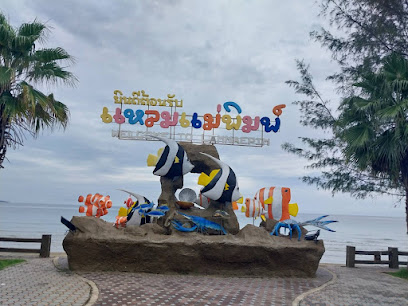
Ao Charoen
Experience the tranquility of Ao Charoen in Rayong, Thailand, where lush landscapes meet vibrant local culture and stunning sunsets.
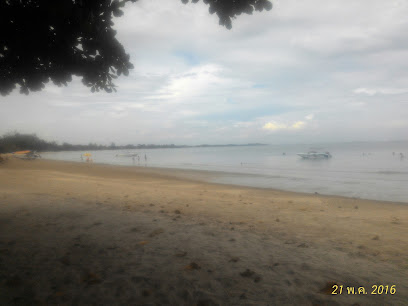
Essential places to dine
La Capanna mae phim beach
Experience delectable Italian and Thai cuisine at La Capanna while enjoying breathtaking views of Mae Phim Beach.
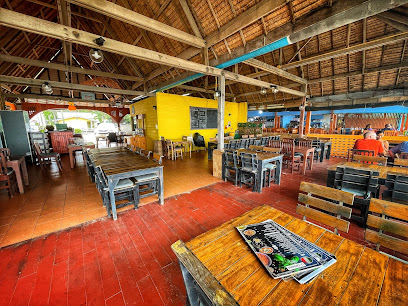
J.STEAK & BBQ
Discover culinary excellence at J.STEAK & BBQ in Rayong – where delectable meats meet vibrant flavors in a cozy atmosphere.
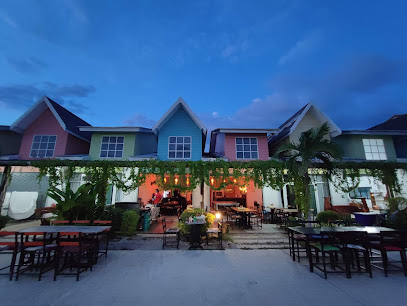
Kuk-Kik and Country Restaurant
Discover authentic Thai flavors at Kuk-Kik and Country Restaurant in Klaeng District - a must-visit for food lovers exploring Rayong.

C-Salt Cafe'
Experience exquisite Thai cuisine at C-Salt Café in Rayong Marriott Resort & Spa - where taste meets tranquility amidst stunning views.

The Shore Restaurant
Savor authentic Italian flavors at The Shore Restaurant in Rayong—where exquisite cuisine meets stunning coastal views.
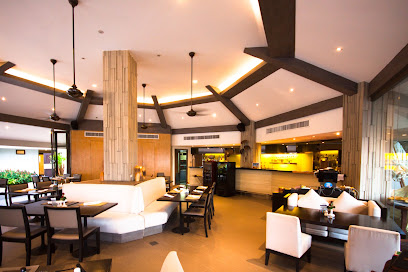
Chatwalee Restaurant and SPA
Discover the rich flavors of Thailand at Chatwalee Restaurant and SPA in Klaeng District, where authentic cuisine meets relaxation.
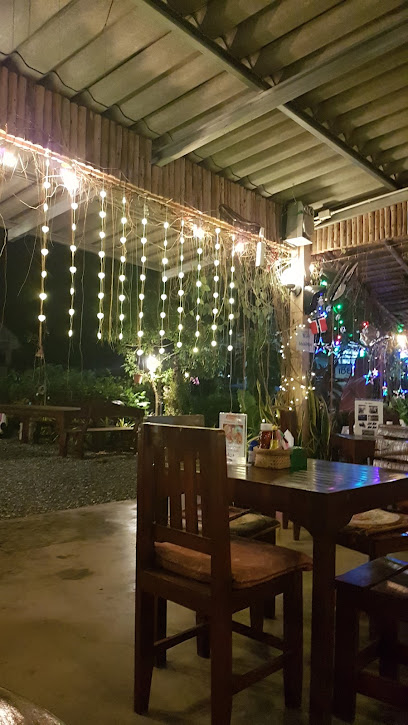
Home coocking restaurant
Experience authentic Thai flavors at this charming home cooking restaurant in Kram, Klaeng District – a true culinary delight for tourists.
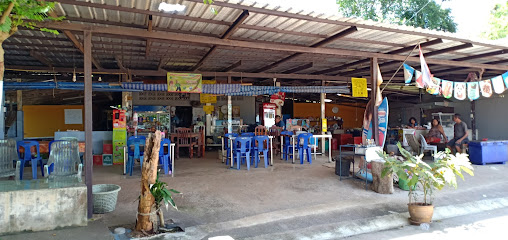
The Garden Restaurant
Discover the essence of Thailand at The Garden Restaurant in Klaeng – where authentic flavors meet inviting ambiance.
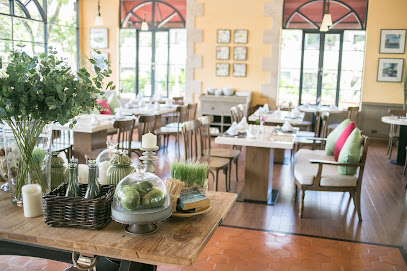
Chok Che Muai
Experience a unique blend of Thai and international flavors at Chok Che Muai - Rayong's top fusion restaurant.
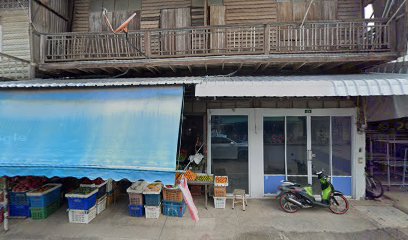
Aow Chareon Seafood Restaurant
Experience fresh seafood delights at Aow Chareon Seafood Restaurant in Rayong - where every dish tells a story of local flavors and oceanic freshness.

Markets, malls and hidden boutiques
Lotus's Klaeng
Discover the vibrant essence of Thai shopping at Lotus's Klaeng, a premier hypermarket filled with local flavors and international goods.

วัตสัน โลตัสส์ แกลง ระยอง : WATSONS LOTUS'S KLAENG RAYONG : Click & Collect
Explore Watsons Lotus's Klaeng for an unforgettable shopping experience, offering a diverse range of beauty products in the heart of Rayong.
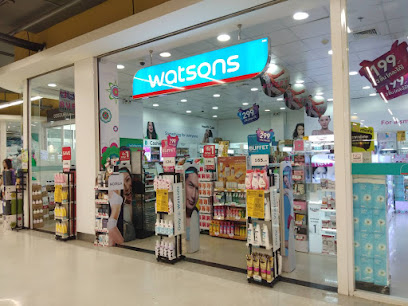
ร้านธีระมาร์เก็ตติ้ง
Shop at ร้านธีระมาร์เก็ตติ้ง in Rayong for a wide selection of quality home goods, blending local craftsmanship with modern styles.
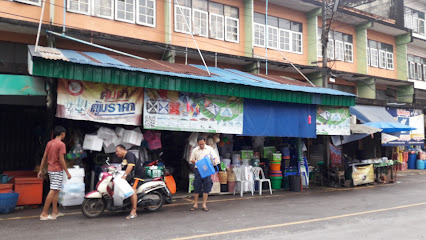
ร้านนางงาม เช่าชุด
Explore the charm of Thai fashion at ร้านนางงาม เช่าชุด, your go-to destination for elegant women's clothing in Klaeng District.
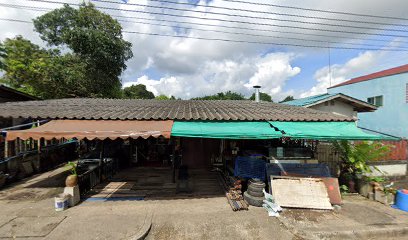
ร้านลิงดำ
Discover the essence of Thai fashion at ร้านลิงดำ, where vibrant styles and friendly service await every tourist.
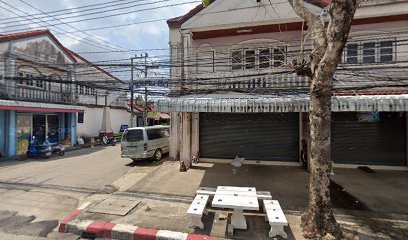
แพรวากิ๊ฟช็อป by สายพิณ
Explore a charming gift shop in Klaeng District, showcasing authentic Thai crafts and unique souvenirs perfect for every traveler.

Apinya Shop - อภิญญา
Discover unique fashion at Apinya Shop in Klaeng District, where modern style meets traditional Thai flair in a charming shopping space.
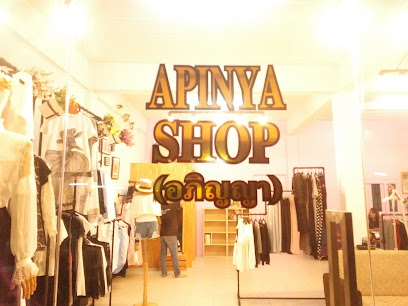
ร้านต้อยเอง
Discover the vibrant world of traditional Thai costumes at ร้านต้อยเอง, where culture and craftsmanship meet in the heart of Rayong.
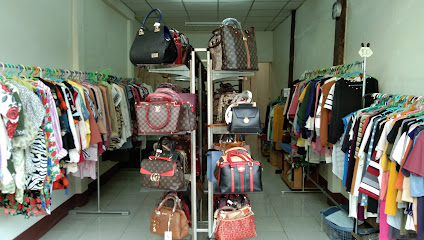
quickly like a bunny
Explore a vibrant craft store in Rayong, Thailand, filled with unique handmade treasures and local artistry at Quickly Like a Bunny.

Smile’s Closet
Explore unique fashion at Smile’s Closet in Klaeng District, Rayong, where local style meets vibrant trends for every shopper.
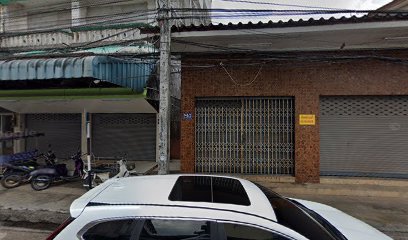
Essential bars & hidden hideouts
DRIFT Bar: Ao Khai
Experience a vibrant beach club atmosphere at DRIFT Bar in Ao Khai, where delicious food, refreshing drinks, and stunning ocean views await.
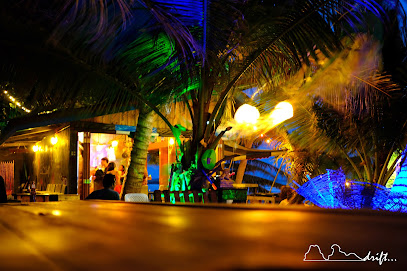
Fusion
Discover the vibrant nightlife of Klaeng District at Fusion, where creative cocktails and a lively atmosphere await every traveler.
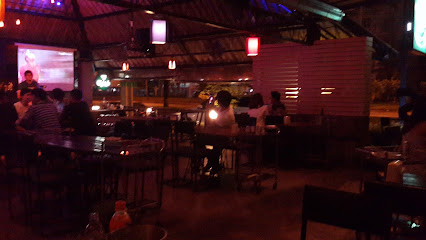
The Lucky Viking
Experience the vibrant nightlife at The Lucky Viking, a top-rated bar in Klaeng District, Rayong, perfect for relaxation and entertainment.

Meng Bar Samyan
Experience the lively atmosphere and diverse drink selection at Meng Bar Samyan in Klaeng District, a must-visit for nightlife enthusiasts.
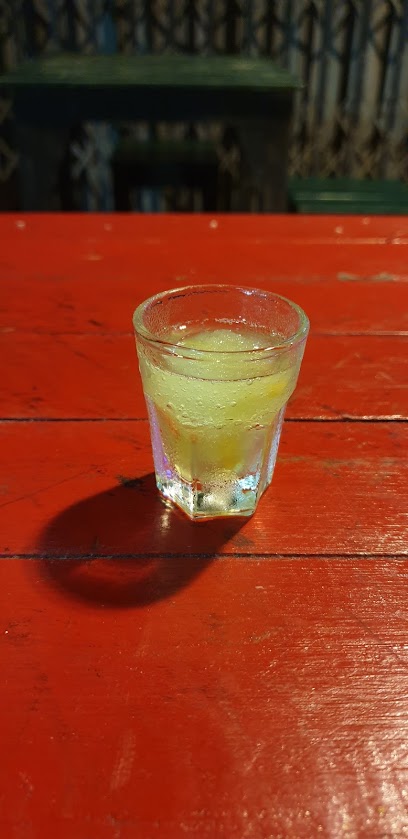
แบล็ค บาร์&คาเฟ่
Discover the lively Black Bar & Café in Klaeng District, Rayong, where refreshing drinks and a vibrant atmosphere await every visitor.

Camping bar
Discover the vibrant atmosphere of Camping Bar in Klaeng District, a perfect spot for tourists to unwind and enjoy the local nightlife.

Nana bar chakpong
Experience the vibrant nightlife at Nana Bar Chakpong, where local charm meets lively ambiance in Rayong's hidden gem.
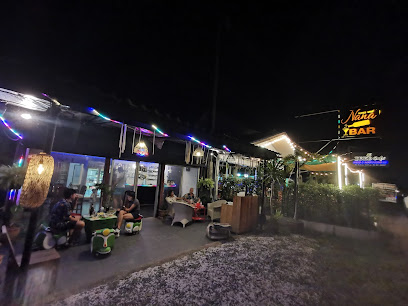
Blackdog I do you drunk.
Experience the vibrant nightlife of Klaeng District at Blackdog I Do You Drunk, a lively bar offering an exceptional drink selection and a welcoming atmosphere.

Drink or not
Discover the laid-back vibes of Drink or Not, the ultimate bar experience in Klaeng District, Rayong, where refreshing drinks meet local charm.
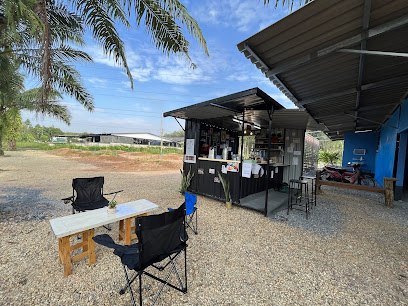
มหานครแกลง
Experience the lively nightlife of Mahanakorn Klaeng, a vibrant bar in Rayong that blends local culture with refreshing drinks.
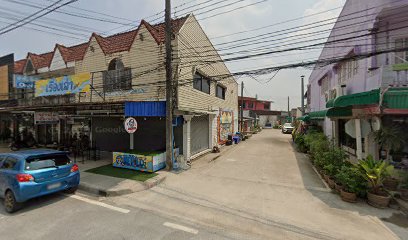
Local Phrases
-
- Helloสวัสดี
[sawasdee] - Goodbyeลาก่อน
[la kon] - Yesใช่
[chai] - Noไม่
[mai] - Please/You're welcomeโปรด/ยินดีต้อนรับ
[prode/yin dee ton rub] - Thank youขอบคุณ
[kop khun] - Excuse me/Sorryขอโทษ
[kor toht] - How are you?สุขสันต์ดีไหม
[suk san dee mai] - Fine. And you?สบายดีค่ะ คุณล่ะ
[sabai dee ka khun la] - Do you speak English?คุณพูดภาษาอังกฤษได้ไหม
[khun poot paa saa angkrit dai mai] - I don't understandฉันไม่เข้าใจ
[chan mai khao jai]
- Helloสวัสดี
-
- I'd like to see the menu, pleaseขอดูเมนูหน่อยค่ะ
[kor du menu noi ka] - I don't eat meatฉันไม่กินเนื้อ
[chan mai gin neu] - Cheers!ชนสุรา
[chon su ra] - I would like to pay, pleaseชำระเงินหน่อยค่ะ
[cham ra ngoen noi ka]
- I'd like to see the menu, pleaseขอดูเมนูหน่อยค่ะ
-
- Help!ช่วยด้วย
[chui duay] - Go away!ไปหายไป
[pai hai pai] - Call the Police!โทรตำรวจ
[tor tam ruat] - Call a doctor!โทรหมอ
[tor mor] - I'm lostผมหลงทาง
[pom long tang] - I'm illผมไม่สบาย
[pom mai sabai]
- Help!ช่วยด้วย
-
- I'd like to buy...ฉันอยากซื้อ...
[chan yak seu...] - I'm just lookingฉันแค่ดู
[chan kae du] - How much is it?ราคาเท่าไร
[ra ka tao rai] - That's too expensiveแพงเกินไป
[paeng geen pai] - Can you lower the price?ลดราคาได้ไหม
[lot ra ka dai mai]
- I'd like to buy...ฉันอยากซื้อ...
-
- What time is it?กี่โมงแล้ว
[gee mong laew] - It's one o'clockเป็นโมงเดียว
[pen mong diao] - Half past (10)สามสิบครึ่ง
[sam sip kheung] - Morningเช้า
[chao] - Afternoonบ่าย
[bai] - Eveningเย็น
[yen] - Yesterdayเมื่อวาน
[meua wan] - Todayวันนี้
[wan nee] - Tomorrowพรุ่งนี้
[proong nee] - 1หนึ่ง
[neung] - 2สอง
[song] - 3สาม
[sam] - 4สี่
[see] - 5ห้า
[ha] - 6หก
[hok] - 7เจ็ด
[jet] - 8แปด
[paet] - 9เก้า
[gao] - 10สิบ
[sip]
- What time is it?กี่โมงแล้ว
-
- Where's a/the...?...อยู่ที่ไหน
[...yu tee nai] - What's the address?ที่อยู่คืออะไร
[tee yu keu a rai] - Can you show me (on the map)?ช่วยแสดงบนแผนที่หน่อยได้ไหม
[chui sa dang bon paen tee noi dai mai] - When's the next (bus)?รถสายต่อไปเมื่อไหร่
[rot sai tor pai meua rai] - A ticket (to ....)ตั๋ว (ไป...)
[tua (pai...)]
- Where's a/the...?...อยู่ที่ไหน
History of Klaeng
-
Klaeng's history can be traced back to ancient times, with evidence of early settlements in the region. The area was primarily inhabited by various ethnic groups, including the Mon and Khmer, who established communities that engaged in agriculture, fishing, and trade. The proximity to the Gulf of Thailand facilitated maritime trade, leading to cultural exchanges that enriched the local way of life.
-
During the Ayutthaya period (1351-1767), Klaeng became an important center for trade and agriculture in Rayong province. The establishment of the Kingdom of Ayutthaya brought about significant political and economic development, with Klaeng serving as a supply hub for the neighboring cities, providing rice, fish, and other goods. This period saw the construction of temples and structures that reflect the architectural styles of the time.
-
In the late 19th century, Klaeng, like much of Thailand, began to experience the effects of colonialism in Southeast Asia. The French colonial presence in Indochina influenced local governance and trade. Klaeng's strategic position along the coast made it a point of interest for foreign powers, leading to changes in local administration and trade practices.
-
During World War II, Klaeng was affected by the conflict, particularly due to its coastal location. The area experienced military activity and became a site for supply routes. Post-war recovery led to the revitalization of local agriculture and fishing industries, which remain vital to Klaeng's economy today.
-
In recent decades, Klaeng has embraced its cultural heritage while also adapting to modern development. Festivals celebrating local traditions, such as the annual Klaeng Festival, highlight the area's rich history, food, and art. Concurrently, the rise of eco-tourism and sustainable practices has drawn attention to the natural beauty and cultural significance of Klaeng, making it a unique destination within Rayong province.
Klaeng Essentials
-
Klaeng is easily accessible from other neighborhoods in Rayong. You can take a minibus or songthaew from Rayong town center, which will take around 45 minutes to an hour. If you are arriving from Bangkok, you can take a bus from Ekkamai Bus Terminal to Rayong and then transfer to a local transport option to Klaeng. The nearest train station is in Rayong, and then you can use local transportation to reach Klaeng.
-
Klaeng is relatively small, making it easy to explore on foot or by bicycle. Local songthaew (shared taxis) and tuk-tuks are available for longer distances. Renting a bicycle is highly recommended to enjoy the scenic routes around the area. For public transport, songthaews operate frequently, connecting you to nearby attractions and neighborhoods.
-
Klaeng is generally a safe area for tourists, but standard precautions should be taken. Avoid walking alone in poorly lit areas at night and keep an eye on personal belongings. Areas near the beach can get crowded, so be vigilant against petty theft. While crime rates are low, it is advisable to stay aware of your surroundings, especially in tourist hotspots.
-
In case of emergency, dial 191 for police assistance or 1669 for medical emergencies. There are local hospitals and clinics in Klaeng. It is advisable to have travel insurance that covers health emergencies. For minor medical issues, local pharmacies can provide over-the-counter medications.
-
Fashion: Do wear modest clothing when visiting temples or religious sites. Don't wear beachwear away from the beach. Religion: Do respect local customs and remove shoes when entering homes and temples. Don't take pictures in restricted areas. Public Transport: Do give up your seat to the elderly and pregnant women. Don't eat or drink on public transport. Greetings: Do greet locals with a smile and a slight bow. Don't engage in overly familiar behavior. Eating & Drinking: Do try local dishes and be polite if offered food. Don't waste food or refuse hospitality, as it can be seen as rude.
-
To experience Klaeng like a local, visit the local markets for fresh produce, seafood, and traditional snacks. Make sure to try the local specialty, 'Klaeng curry.' Engage with vendors and locals, as they are often welcoming and eager to share tips about the area. Don't miss the nearby beaches, especially during sunset, for breathtaking views. Additionally, participating in local festivals can provide a deeper insight into the culture and community of Klaeng.
Trending Landmarks in Klaeng
Nearby Cities to Klaeng
-
Things To Do in Pattaya
-
Things To Do in Trat
-
Things To Do in Samut Prakan
-
Things To Do in Bangkok
-
Things To Do in Hua Hin
-
Things To Do in Battambang
-
Things To Do in Koh Kong
-
Things To Do in Ayutthaya
-
Things To Do in Nakhon Ratchasima
-
Things To Do in Siem Reap
-
Things To Do in Kanchanaburi
-
Things To Do in Koh Rong
-
Things To Do in Sihanoukville
-
Things To Do in Chumphon
-
Things To Do in Kampot






